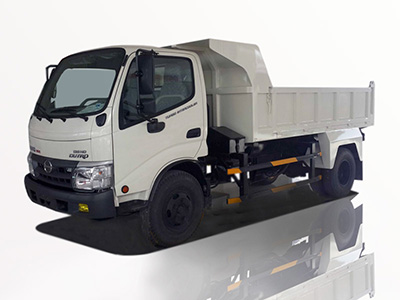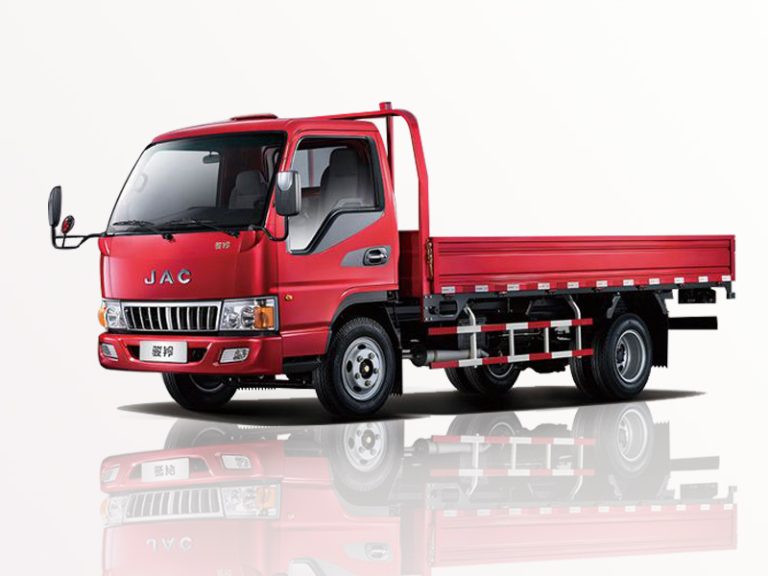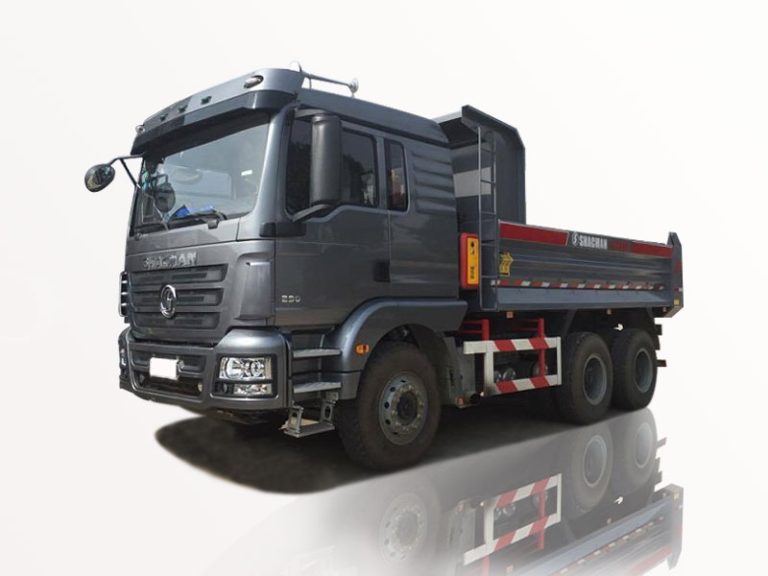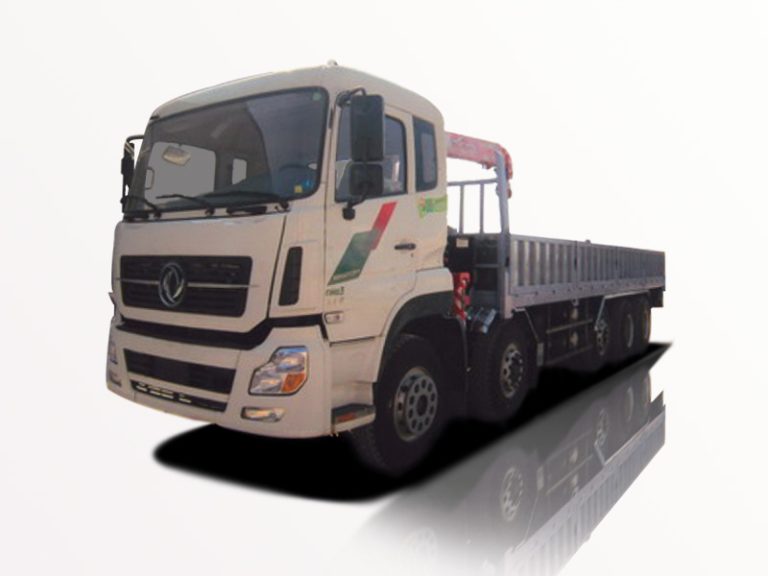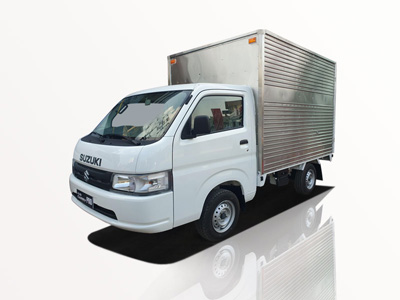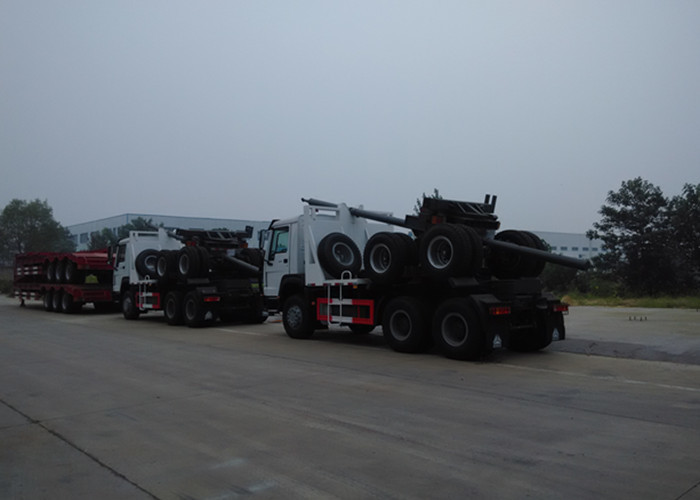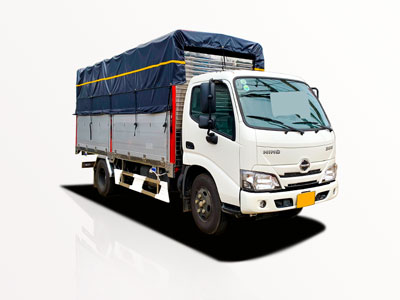As the world grapples with increasing waste production, the need for efficient waste management solutions has never been more critical. Enter the electric garbage compactor, a powerful tool designed to reduce waste volume and streamline waste disposal. This comprehensive guide explores everything you need to know about electric garbage compactors, their benefits, working mechanisms, and tips for choosing the right one for your needs.
What is an Electric Garbage Compactor?
An electric garbage compactor is a device designed to compress waste into a smaller volume, making recycling and disposal easier and more efficient. Unlike traditional manual compactors, electric models utilize motors to apply pressure on waste products, significantly reducing their size. This technology is particularly useful in urban environments, where space is a premium and waste management is a challenge.
How Does an Electric Garbage Compactor Work?
The functionality of an electric garbage compactor is straightforward. Here’s a breakdown of its main components and their roles:
1. Components of an Electric Garbage Compactor
- Motor: Powers the compaction process.
- Compaction Plate: Applies pressure to the waste material.
- Waste Container: Holds the compressed waste.
- Control Panel: Provides user interface for operation.
2. Steps in the Compaction Process
- Loading: Waste is loaded into the compactor’s waste container.
- Activation: The user activates the compaction process via the control panel.
- Compaction: The motor engages, pushing the compaction plate down and compressing the waste.
- Storage: Once compacted, waste remains in the container until it’s removed for disposal.
Benefits of Using Electric Garbage Compactors
Implementing an electric garbage compactor in your waste management strategy can offer numerous advantages:
1. Space Efficiency
By compacting waste, electric garbage compactors reduce the amount of space required for disposal. This is especially valuable in residential areas, restaurants, and urban environments where space is limited.
2. Cost Savings
Reduced waste volume can lead to lower waste disposal costs. Fewer pickups are required, and businesses can save on landfill fees.
3. Environmental Impact
Less waste volume means more efficient recycling processes. By reducing the size of waste, compactors contribute to lower carbon emissions associated with waste transport.
4. Improved Hygiene
Electric compactors often come with enclosed containers that reduce odors and keep pests at bay, improving overall hygiene around waste storage areas.
5. Enhanced Sorting and Recycling
Compactors make it easier to sort and recycle materials. When waste is compacted effectively, it can be separated and processed more efficiently.
Choosing the Right Electric Garbage Compactor
When selecting an electric garbage compactor, consider the following factors to ensure you choose the best model for your needs:
1. Size and Capacity
Consider the volume of waste you generate daily. Trash compactors come in various sizes—from compact units suitable for homes to large models made for commercial use.
2. Power and Efficiency
Look for models with sufficient motor power to handle your waste volume. Check the compaction ratio, which indicates how much the volume of waste will be reduced.
3. Features and Technology
Modern electric compactors may come equipped with smart technology for ease of use. Features like automatic shut-off, adjustable compaction cycles, and sensors can enhance performance.
4. Maintenance Requirements
Select a model with easy maintenance. Consider the ease of cleaning and the availability of replacement parts.
5. Manufacturer Reputation
Choose reputable manufacturers known for producing high-quality, reliable compactors. Research reviews and consumer experiences to gauge their performance.
Types of Electric Garbage Compactors
Electric garbage compactors vary based on application, size, and specific features. Below are common types:
1. Residential Electric Garbage Compactors
Typically smaller and designed for home use, these units fit neatly under counters and are convenient for disposing of household waste.
2. Commercial Electric Garbage Compactors
These more robust compactors are designed for businesses, restaurants, and large venues that generate high volumes of waste.
3. Food Waste Compactors
Specially designed for kitchen environments, these compactors handle organic waste efficiently, often featuring systems for odor control and moisture management.
4. Industrial Electric Garbage Compactors
For industrial applications, these heavy-duty units can deal with large quantities of waste generated in manufacturing and other industrial settings.
Practical Examples and Tips for Using an Electric Garbage Compactor
Here are some practical examples and tips to consider when using an electric garbage compactor:
1. Use the Right Bag
Ensure you use heavy-duty trash bags that are durable enough to withstand the compaction process. Regular bags may rupture under pressure.
2. Avoid Overloading
While it’s tempting to pack in as much waste as possible, overloading may lead to mechanical issues or reduced efficiency. Follow the manufacturer’s guidelines for load limits.
3. Regular Maintenance
Keep your compactor in good working condition by scheduling regular maintenance. Clean the interior periodically and check for any signs of wear and tear.
4. Sort Your Waste
Before compacting, take the time to sort recyclables, organics, and general waste. This not only enhances recycling efforts but can also ensure fewer jams in the compactor.
5. Train Staff on Proper Use
In commercial settings, ensure all staff members understand how to use the compactor correctly to avoid damage and ensure efficient operation.
Electric Garbage Compactor FAQs
1. How much does an electric garbage compactor cost?
The cost varies widely depending on size, features, and brand. Residential models can range from $300 to $800, while commercial units may cost from $1,000 to $10,000 or more.
2. Where can I buy an electric garbage compactor?
You can find electric garbage compactors at home improvement stores, appliance retailers, and online marketplaces such as Amazon or specialized waste management equipment suppliers.
3. Do electric garbage compactors require a special installation?
Most models need a standard electrical outlet, and some may require professional installation if they are large or complex systems. Always consult the manufacturer’s guidelines.
4. How do I maintain my electric garbage compactor?
Regular cleaning, lubricating moving parts, and checking for mechanical issues are essential. Follow the manufacturer’s maintenance schedule and instructions for best results.
5. Can I compact all types of waste?
Generally, electric garbage compactors can handle most types of waste, but avoid compacting hazardous materials, liquids, or overly hard items that can damage the machine.
6. What is the compaction ratio for electric garbage compactors?
The compaction ratio indicates how much the volume of waste will be reduced. Ratios vary but can range from 2:1 to 8:1, depending on the model and type of waste.
Conclusion
Incorporating an electric garbage compactor into your waste management practices can lead to substantial space savings, cost reductions, and a positive environmental impact. Understanding the various aspects of these machines, from selection to maintenance, is key to maximizing their benefits. Whether for residential or commercial use, electric garbage compactors represent an innovative solution to today’s growing waste challenges.
